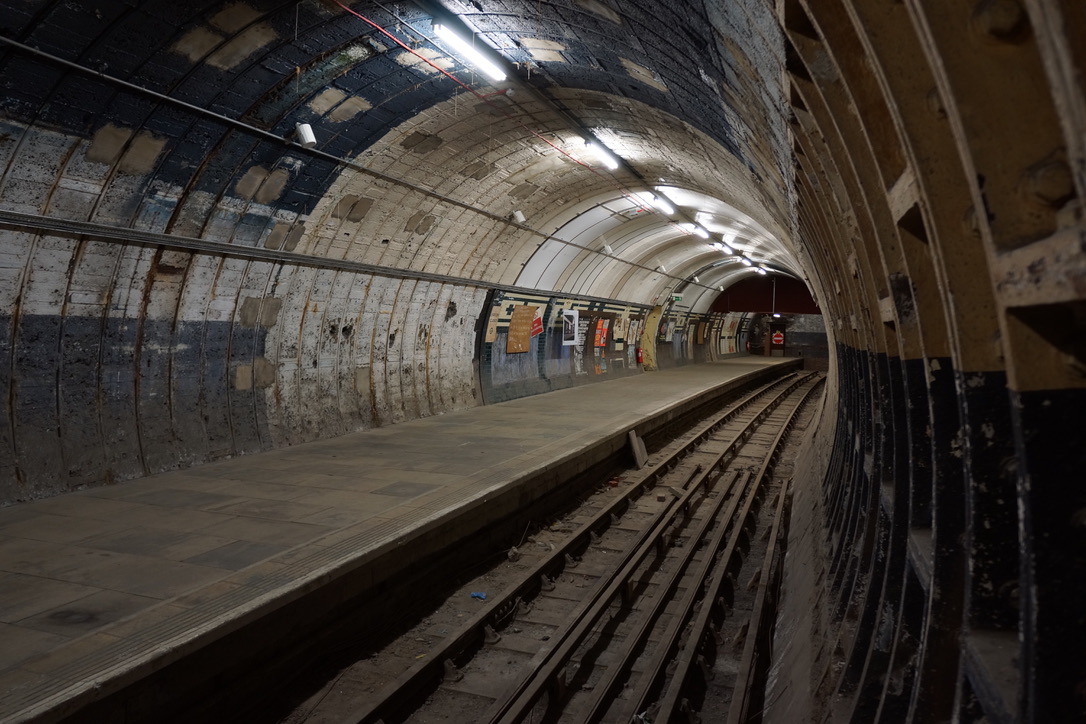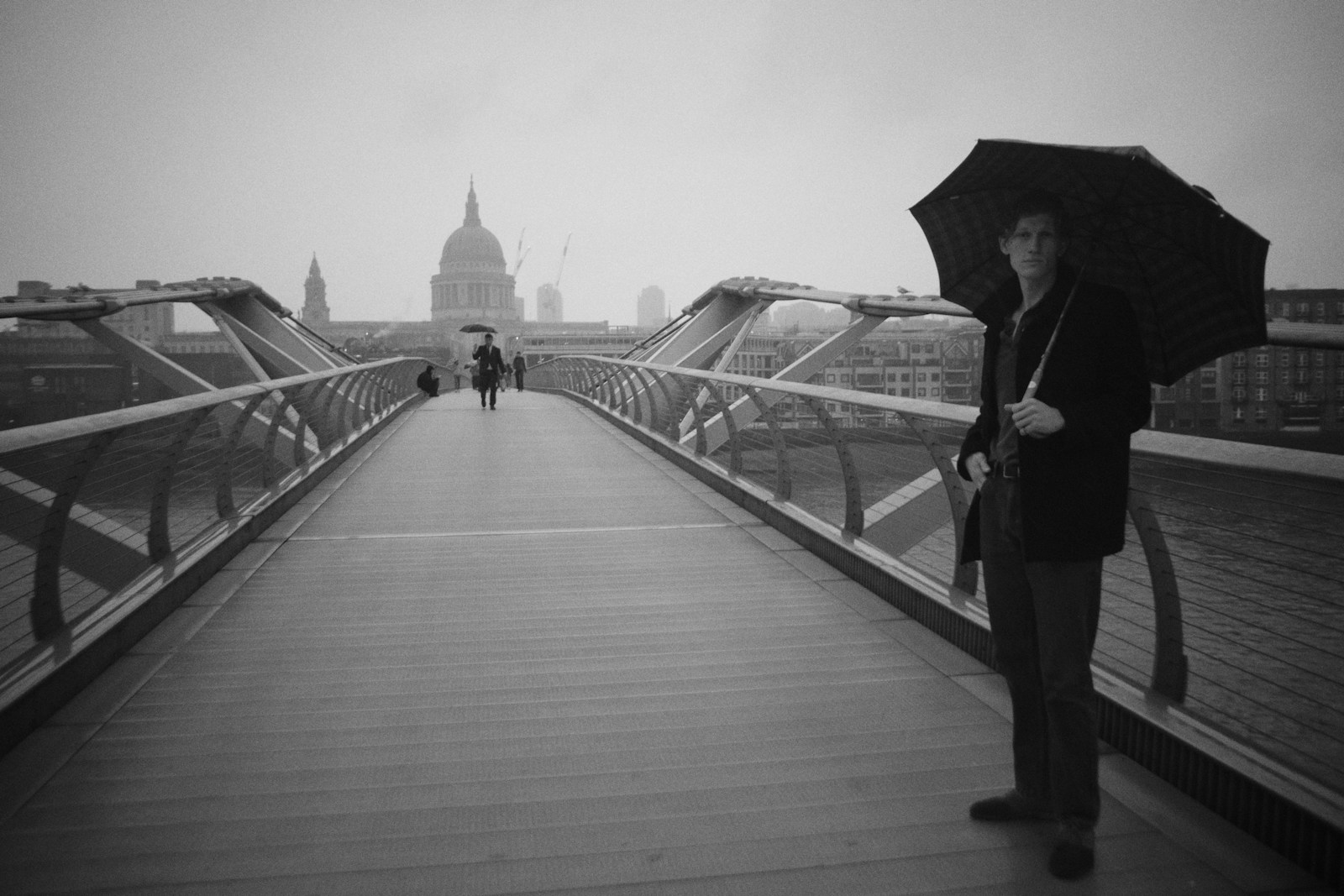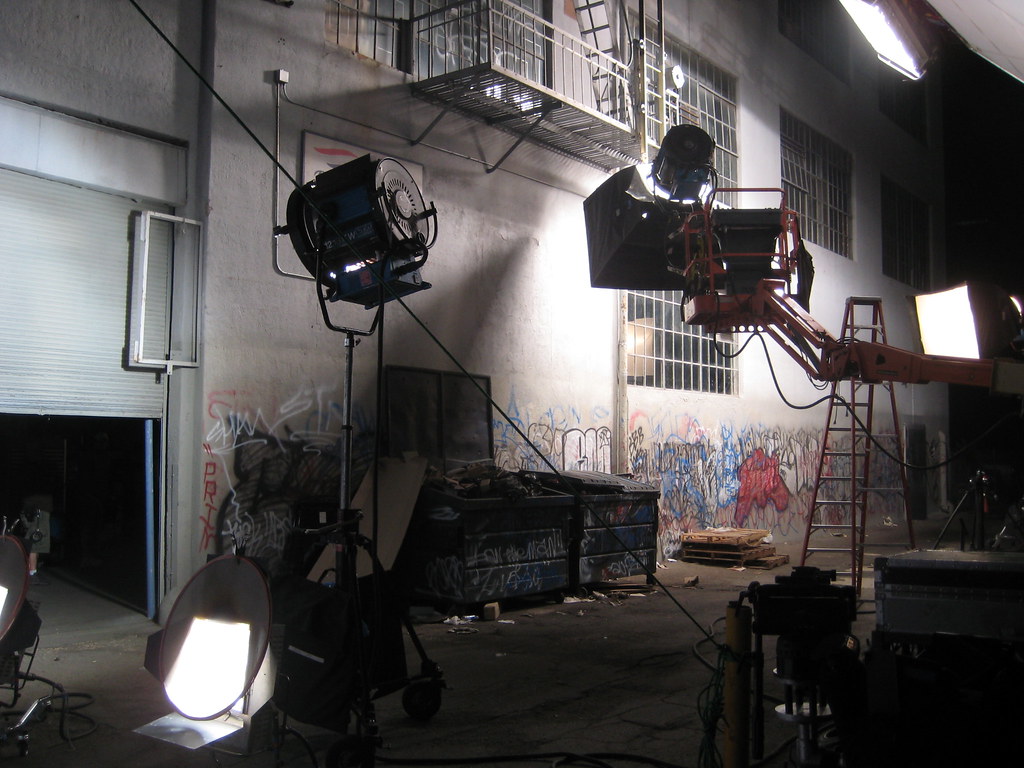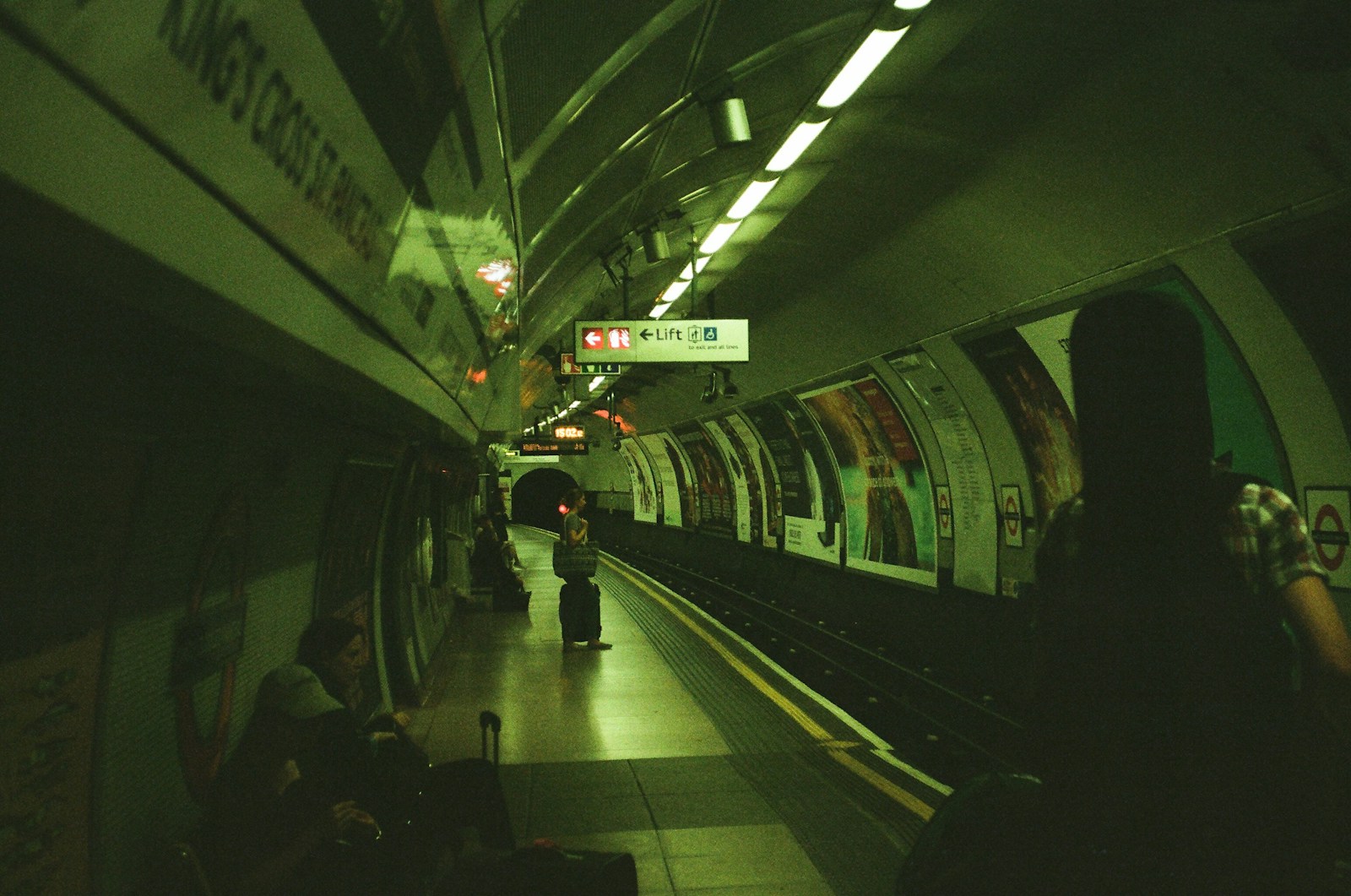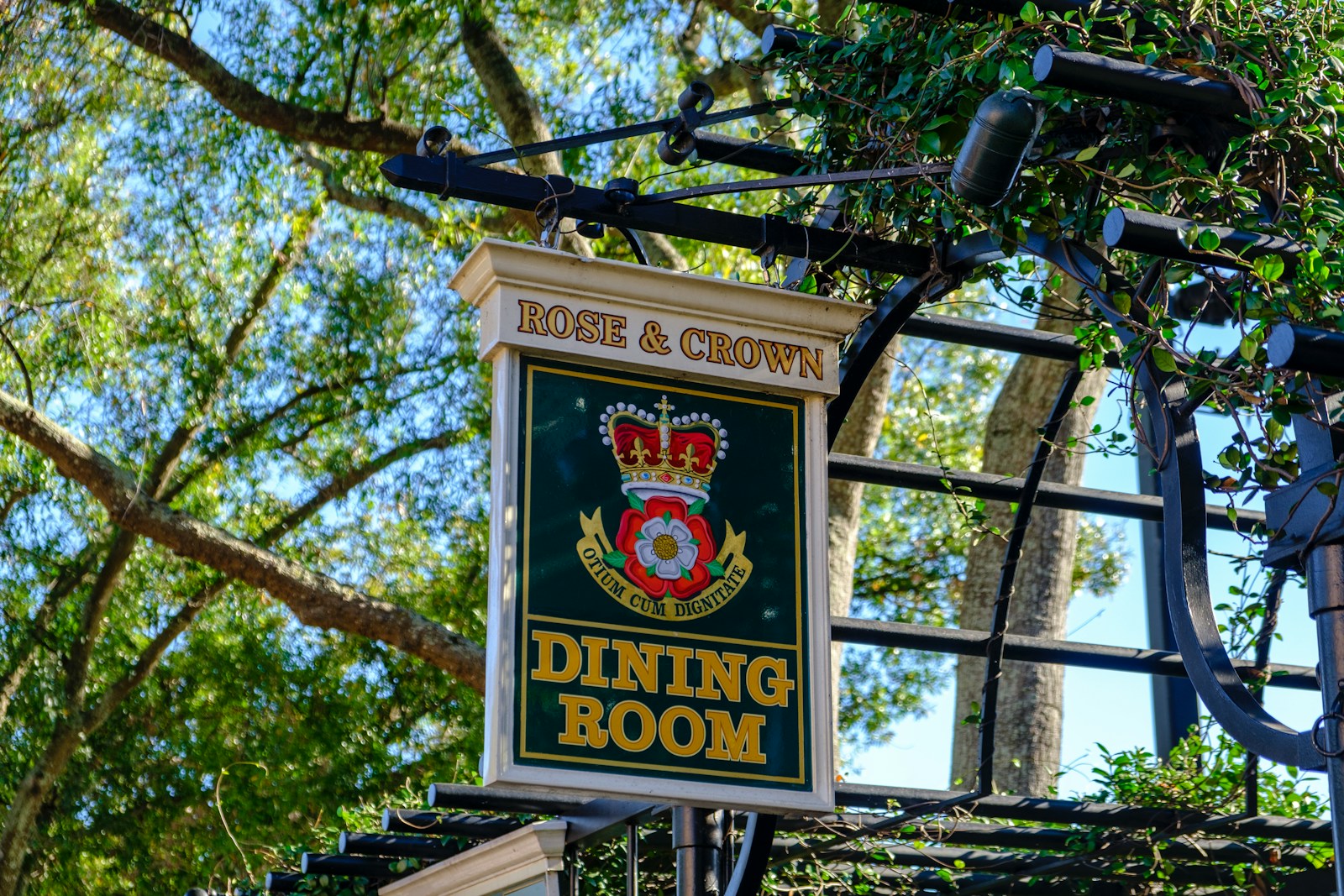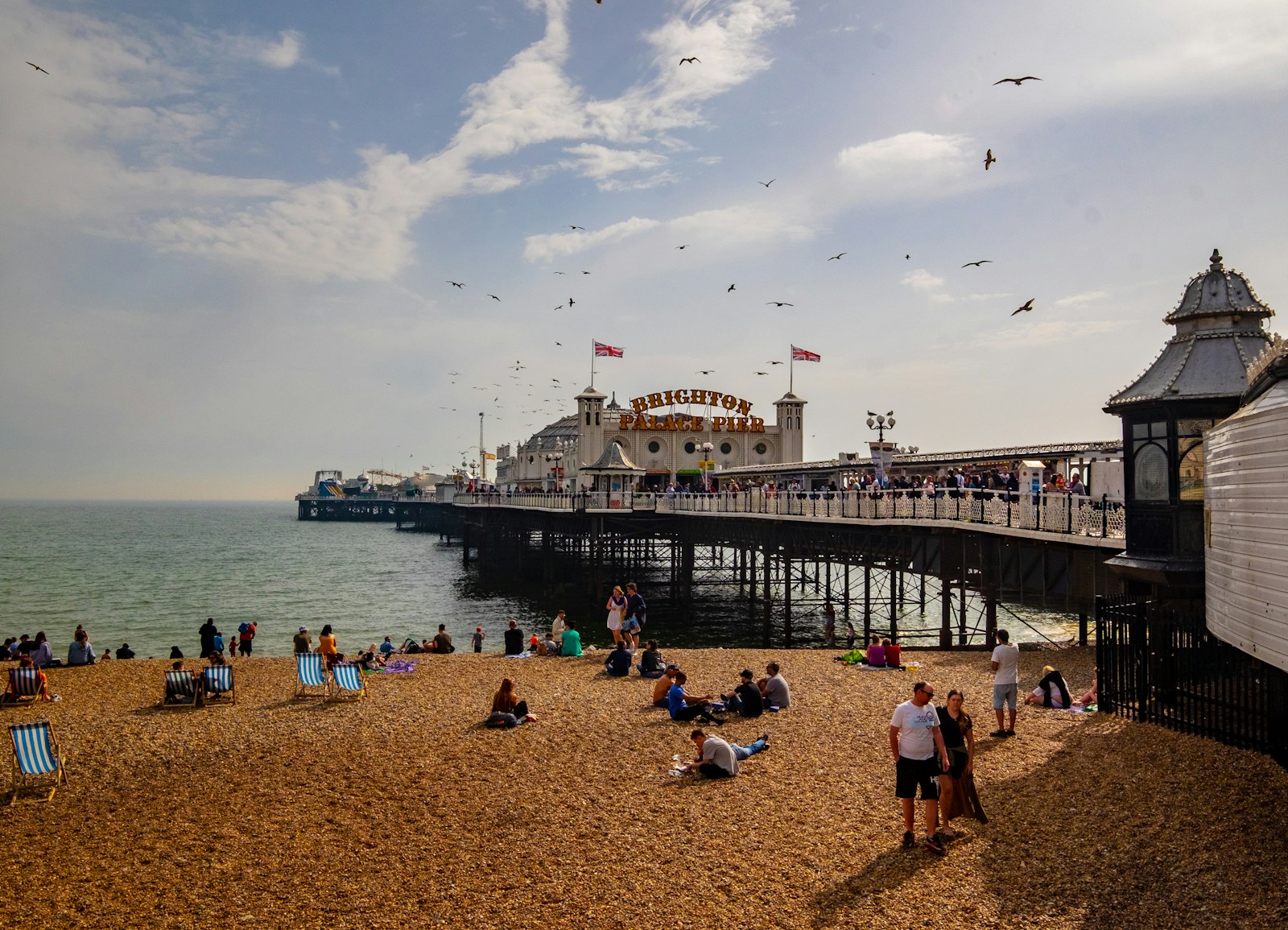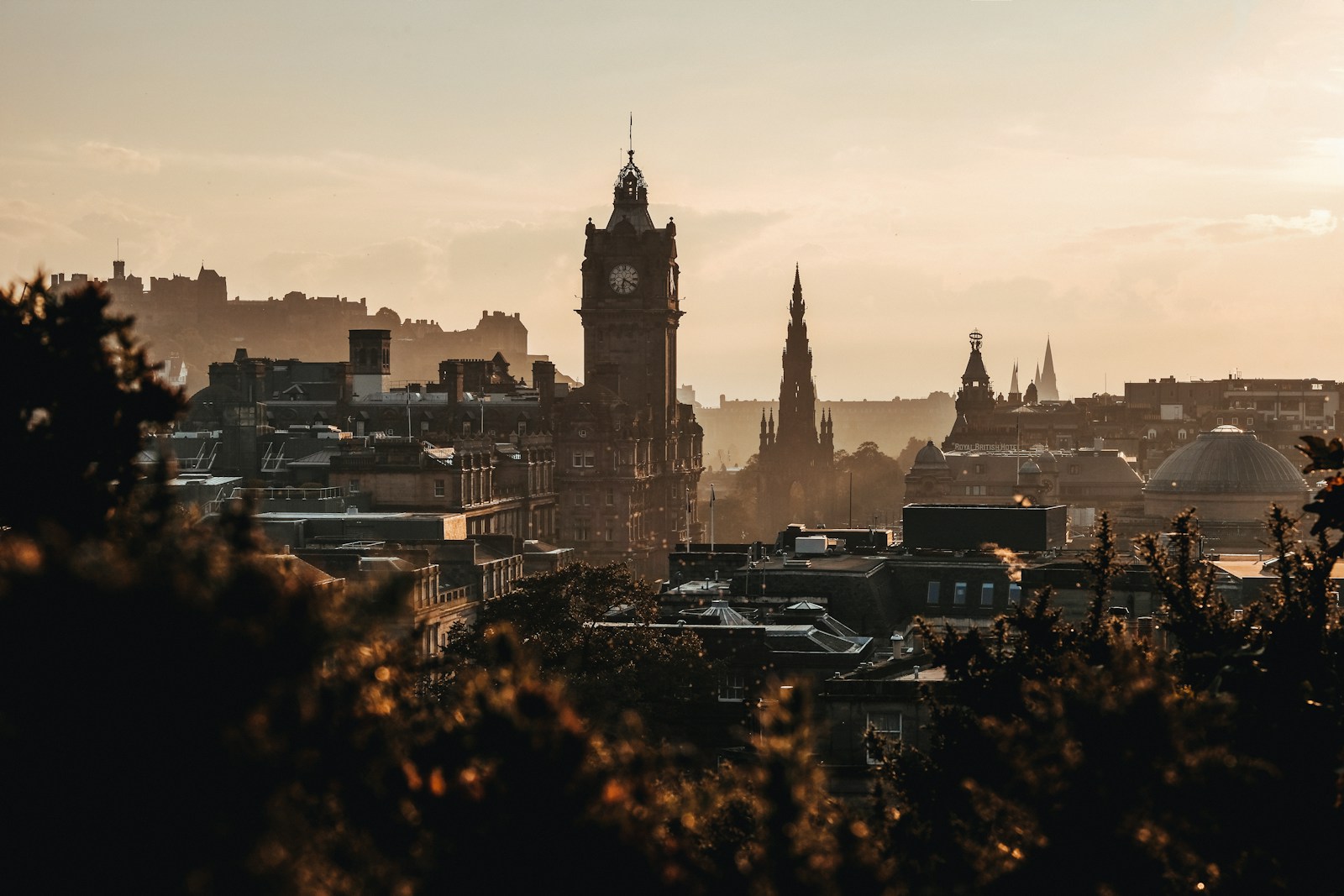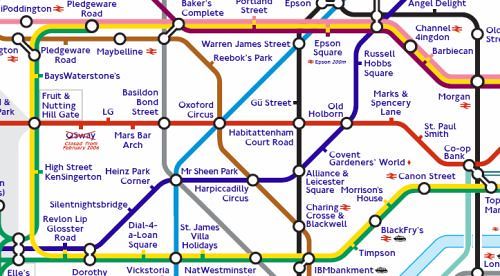The Secret Royal Family Traditions You Never Knew Existed
The British royal family has always been a source of fascination, intrigue, and plenty of gossip. While the world watches their public appearances, there’s a whole realm of traditions that remains behind closed doors. From quirky customs to age-old rituals, these secretive practices reveal the rich tapestry of royal life that most of us can only dream of experiencing. Let’s dive into some of the lesser-known traditions that make the British royal family so unique!
1. The Royal Family’s Annual Christmas Pudding
Every year, the royal family gathers for Christmas, and one of the highlights of the festive season is the preparation of the Christmas pudding. But this isn’t just any pudding; it’s a tradition steeped in symbolism. Each member of the royal family takes turns stirring the pudding mix and making a wish. The pudding is traditionally made on “Stir-Up Sunday,” which is the last Sunday before Advent. It’s a sweet tradition, quite literally, that keeps the family spirit alive, and each year, the royal family enjoys the fruits of their labor with a delicious dessert.
2. The Queen’s Birthday Gun Salute
While we all know the royal family celebrates birthdays with fanfare, Queen Elizabeth II’s birthday is marked by a spectacular gun salute. This tradition dates back to the 18th century and involves firing cannons at various locations, including the Tower of London and Green Park. The number of shots fired corresponds to the age of the monarch. The public can witness this grand spectacle, which has become a highlight of the royal calendar.
3. The Wedding Cake Tradition
You may be familiar with the grandeur of royal weddings, but did you know that the wedding cake is a tradition that takes on a life of its own? The royal wedding cake is often a multi-tiered, intricately designed masterpiece that symbolizes prosperity and happiness. A slice of the cake is kept for the couple’s first child, with the hope that it will bring good luck. This sweet tradition ensures that the family has a taste of their special day long after the wedding bells have stopped ringing.
4. The Royal Family’s Love for Tea
Tea is a quintessential part of British culture, but for the royal family, it’s a cherished ritual. The Queen reportedly enjoys a cup of Earl Grey with a splash of milk each afternoon. This daily practice isn’t just about the beverage; it’s a time for relaxation and connection. The royal family often gathers for tea, sharing stories and laughter, which keeps the bonds tight amid their busy schedules.
5. The Royal Children’s Education
Education within the royal family is quite unique. While most children attend regular schools, royal children often receive a different approach to learning. They are educated by private tutors at home, allowing for a tailored educational experience. However, this tradition also includes visits to local schools, where they engage with other students, ensuring they remain grounded and connected to the people they serve.
6. The Royal Ascot’s Fashion Rules
Royal Ascot is not just a horse racing event; it’s a showcase of fashion, tradition, and class. One of the quirky traditions is the strict dress code for those attending. Women are required to wear formal dresses with a hat, often leading to some extravagant and colorful headpieces. Meanwhile, men must wear morning suits with a top hat. This dress code is strictly enforced, making Ascot an event where the elegance of fashion is as important as the sport itself.
7. The Family Christmas Card
Each year, the royal family releases a Christmas card featuring a photograph of themselves. While many families opt for a casual snapshot, the royal family takes this tradition to the next level. The photos are often taken during their summer holiday, showcasing a more personal side. These cards are sent out to friends, dignitaries, and supporters, allowing a glimpse into their family life.
8. The Changing of the Guard Ceremony
The Changing of the Guard is a grand tradition that takes place at Buckingham Palace, and it’s more than just a photo opportunity for tourists. This ceremony is deeply rooted in military tradition, showcasing the meticulous coordination and discipline of the royal guards. The guards perform a series of complex maneuvers, all while dressed in their iconic bearskin hats and red tunics. It’s a spectacle that represents the royal family’s longstanding connection to the British military.
9. The Royal Family’s Garden Parties
Every summer, the Queen hosts a series of garden parties at Buckingham Palace. These events are more than just casual gatherings; they’re a way for the royal family to connect with everyday people. The guest list includes a mix of community heroes, charity workers, and local dignitaries. Attendees are treated to refreshments, live music, and, of course, the chance to meet members of the royal family in a relaxed setting.
10. The Royal Family’s Love for Animals
The royal family has a long-standing love affair with animals, particularly corgis. Queen Elizabeth II has had over 30 corgis during her reign, and each one has become a beloved member of the family. This tradition extends beyond corgis; the royals also have a fondness for horses, which is evident in their participation in events like the annual Trooping the Colour parade. Animals hold a special place in the royal household, serving as companions and symbols of loyalty.
11. The Royal Family’s Charitable Work
While it may not be a traditional “ritual,” the royal family’s commitment to charity is a hallmark of their public persona. Each family member actively supports various causes, from mental health to environmental issues. This devotion is not merely for show; it’s a deeply ingrained tradition that reflects their responsibility and connection to the British people. Their charitable work inspires many, encouraging others to contribute to their communities.
12. The Queen’s Speech
Every Christmas, the Queen delivers a televised speech that has become a staple of holiday tradition in the UK. This speech is a moment for reflection, gratitude, and connection with the nation. The content varies from year to year, but it always emphasizes themes of unity and hope. It’s a tradition that many families gather to watch, making it a shared experience across the country.
13. The Royal Coat of Arms
Every member of the royal family has their own coat of arms, a tradition that dates back centuries. This emblem symbolizes their lineage, achievements, and personal attributes. The design is unique to each royal, featuring significant symbols and colors that represent their story. The coat of arms serves as a point of pride and connection to their heritage.
14. The State Banquets
State banquets are grand, formal affairs held in honor of visiting dignitaries. These events are steeped in tradition, from the stunning table settings to the carefully curated menu. The Queen often plays host, and the guest list can include heads of state, ambassadors, and other notable figures. Each banquet follows a strict protocol, showcasing not just royal etiquette but also the rich history of British diplomacy.
15. The Royal Family’s Use of Social Media
In recent years, the royal family has embraced social media, a departure from traditional practices. The official accounts share updates on their engagements, charitable work, and personal stories, allowing fans a peek into their lives. This modern twist on communication has helped demystify the royal family, making them more relatable to a younger audience while still preserving the dignity of their roles.
16. The Trooping the Colour Ceremony
Trooping the Colour is an annual event that celebrates the Queen’s official birthday. This vibrant military parade features a display of soldiers, horses, and, of course, the royal family. The event is steeped in history, dating back to the 17th century, and showcases the precision and grandeur of the British military. The Queen’s appearance on the balcony of Buckingham Palace, alongside her family, is a highlight for many and marks the start of summer festivities.
17. The Royal Family’s Influence on Fashion
The royal family has long been a trendsetter in the world of fashion. Designers clamor to create outfits for royal events, knowing that a single appearance can send a piece flying off the shelves. This unique influence has spurred a tradition of royal fashion that is closely scrutinized and celebrated. The family members often wear outfits that carry sentimental value, making each appearance a blend of personal style and royal significance.
Conclusion
The British royal family is a fascinating institution steeped in tradition, history, and a dash of modern flair. These lesser-known customs reveal the depth and richness of their lives behind the scenes. From Christmas puddings to state banquets, the traditions that bind the royal family are as intriguing as their public personas. As we continue to marvel at their lives, one thing is clear: the royal family’s unique traditions continue to shape their legacy in the hearts of the British people and beyond. Whether you’re a royal enthusiast or just curious about their world, these secrets add to the allure and charm of the monarchy.

